
May Wirth – A Short Biography
By Mark St Leon, PhD
© Copyright Reserved: Mark St Leon 2010
May Emmeline Wirth was born on 6 June 1894 at Bundaberg, Queensland, the daughter of John Edward Zinga, a circus artist from Mauritius whose original name was Despoges, and his Australian-born wife Dezeppo Marie. In 1901, after her parents separated, May was adopted by Marizles (‘Rill’) Martin (1868-1948), an equestrienne and a sister of the Wirth brothers, proprietors of one of Australia’s largest circuses. Having already been taught by her father to do the ‘flip-flap’, May soon featured in Wirth Bros Circus in balancing and tumbling acts, and as a tightwire performer and contortionist. From the Wirths, May learned equestrian skills. At the age of 10 she was a ‘real trick rider’. In Melbourne in 1906, aged 12, she was billed as ‘May Ringling’, the ‘American fearless hurricane hurdle rider’. Like the most adroit of circus performers, bareback riders in particular, May was short but strong. She grew to be only 150 centimetres tall.
Contortion work and tumbling, the earliest and most basic performing skills she acquired, were the basis of the technical precision and artistry she brought to her career as a bareback rider. By 1910 May’s work on horseback was clearly the most outstanding of her versatile accomplishments. But May, for all her skill as an equestrienne by that time, did not rank highly on the Wirth program. In 1911 the outstanding trapeze troupe, The Flying Jordans, and the ferocious animal acts claimed most of the attention of Australian audiences who came to see Wirth’s circus that year. In Sydney that year, at the annual opening of Wirth’s Circus, May was simply “a remarkably pretty girl who rode and drove eight ponies and turned somersaults on a cantering grey”.
Engaged by John Ringling in 1912 to tour the United States with his Barnum & Bailey circus, May was immediately billed as ‘the world’s greatest bareback rider’ and given a conspicuous place on the programme at their opening show in Madison Square Gardens, New York on 21 March 1912. An observer wrote that the Australian girl was: an equestrienne in all that the name implies … She is announced as the greatest female rider that ever lived. Whether this is so or not, we cannot say, as we have not seen all that have gone before in days of yore, when many equestrian feats were performed that are not performed today, but we can and do say that Miss Wirth is the best equestrienne [we have] ever seen.
Although seriously injured in a fall during a performance in April 1913, she soon recovered and appeared later that year with Carl Hagenbeck’s Wonder Zoo and Circus at London’s Olympia. May and her troupe were touring the vaudeville circuits of England when war broke out in September 1914. As the ‘Royal Wirth Family’, the troupe toured Australasia with Wirth Bros Ltd Circus in 1915-16, performing vaudeville, burlesque and equestrian items. Giving her performance at the new Hippodrome in Sydney, May was described as dainty, ‘like a butterfly in flight…alive, alert’ and delighted her audiences. Early in December 1916, May and her troupe sailed for San Francisco and entrained for Chicago in time to join the opening of Ringling Bros on April 7, 1917. Two seasons with Ringling Bros during 1917-18 were followed by another two seasons with Ringling Bros and Barnum & Bailey Combined Shows during 1919-20.
May had known Frank White since 1907 when he joined Wirth’s Circus in Australia. He did a number of jobs around the show, including selling tickets, playing a bass drum in the band and, eventually landing a role as “Fidem”, the clown in May’s riding act. May and White wed in New York in 1919. By the time of their marriage, Frank was involved in the booking agency business, using the name of “Frank Wirth” for professional purposes. The New York Times of August 31, 1924 reported that their home was under construction in the exclusive New York residential district of Forest Hills.
The Clipper of May 17, 1922 reported the Wirth troupe’s imminent opening at London’s Coliseum. Returning to New York, it was engaged as a $1,500 a week extra attraction for Jean Bedini’s Chuckles of 1922, a vaudeville show that played the Columbia wheel, a New York circuit. The Wirth act headlined the Walter L. Main Circus in 1923, beginning with an April 7 stand in Charlottesburg, Virginia.
The four seasons from 1924 to 1927 were May’s last with Ringling Bros and Barnum & Bailey. Lillian Leitzel was there, as were the Codonas, and from 1925, another Australian, Con Colleano. The Ringling bandmaster for half of a century, Merle Evans, recalled May Wirth at the peak of her career when interviewed in Florida in November 1985:
In the early days you used to play quadrilles and schottisches for a riding act, but when I came to the Ringling show in 1919 we played show tunes [and things like that for her act]. For May’s act we did two ‘stops’ and a ‘finish’. She’d do some routines, there’d be a stop and the clowns would do something on the track. Then you’d blow the whistle again and May would do the next routine. We’d blow the whistle again and the clowns would do something. Then for the last thing we’d play a gallop which would always be running and jumping on the horse and all that. At the end of her act, we’d give her a chord on the front track. Then she’d turn around and bow on the back track and we’d give her two more chords. The Wirth family, they worked all the time, they always had plenty of work. Phil [St Leon, aka Phil Wirth] did the comedy and was very good … May did a solo act in the first part of the show. She could ride, she was something.
During the winter of 1925-1926, the Wirth troupe toured Europe, beginning with a five-and-a-half week season with the Bertram Mills Circus at London’s Olympia. The Flying Codonas appeared on the same bill. Mills paid the Wirth troupe the highest salary ever known for an attraction of this nature in England, as well as the transportation of the act from New York and its return. After London, there followed a month’s engagement at the Wintergarden in Berlin.
The Wirth troupe opened with the Ringling Bros and Barnum & Bailey at Madison Square Gardens in April 1926. Variety named May, Leitzel and Colleano as the outstanding features of the program that year. May’s act was spiced with a “Charleston” that she executed on the bareback of her swift white horse. After 1927, May and her troupe toured county fairs and indoor circuses. In the winter of 1931 her troupe was featured with the short-lived St Leon Bros Circus, partly owned by her husband Frank Wirth and her brother-in-law, Phil St Leon Wirth.
A new diversion for May was her role in the operetta The Blue Mask which opened in Chicago March 27, 1932 at the Grand Opera House. The Blue Mask was an adaptation of the Viennese piece The Circus Princess, by Kalman. Thanks to the presence of May and her troupe of riders the opera’s circus scene was the real thing. May’s two big steeds loped around the ring (with padded hoofs) in the true manner of the circus arena.
Following her retirement from active riding in 1937, May travelled frequently with her husband organising circus spectacles throughout the United States. In 1956 they moved from their Long Island home to Fort Lauderdale, Florida. May received the supreme honour of the American circus world when on February 23, 1964 she was admitted to the Circus Hall of Fame in Sarasota. Visitors found that May, at eighty, possessed a sharp memory for the details of the many tricks she did on horseback during her circus career, spoken in a gentle voice with a feint trace of an Australian accent. She died on 18 October 1978 at Sarasota and was cremated.
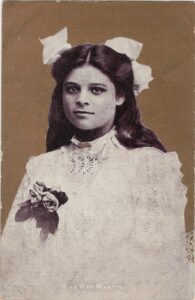
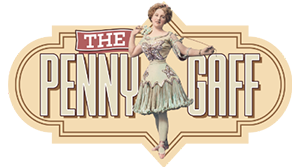
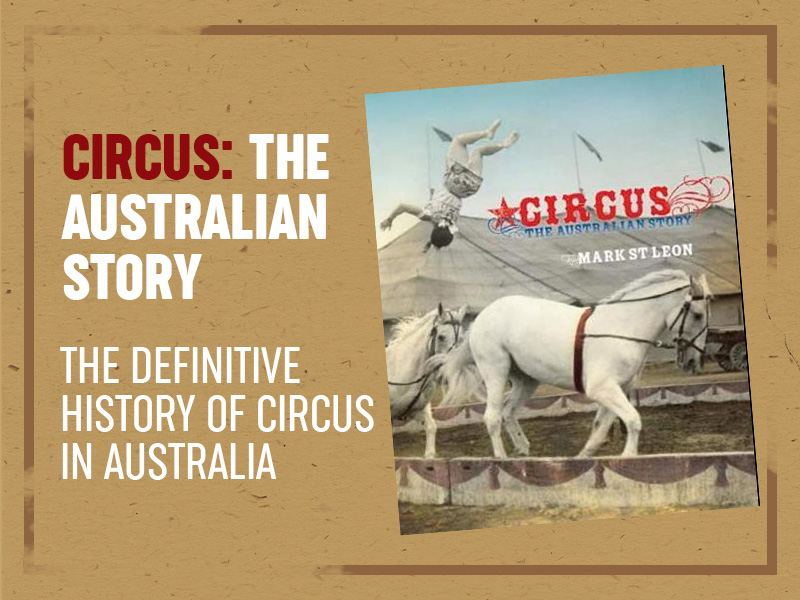



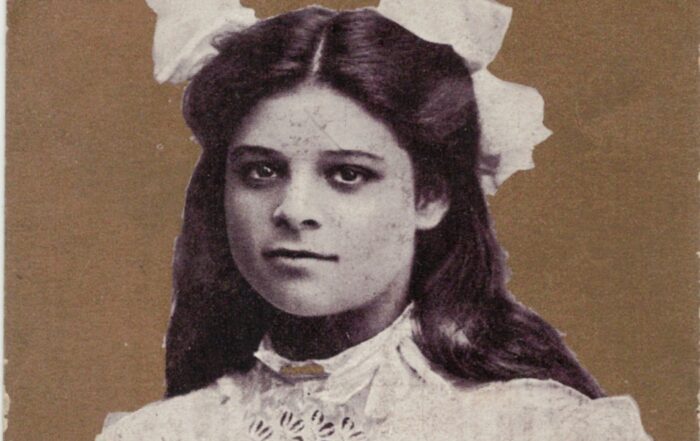
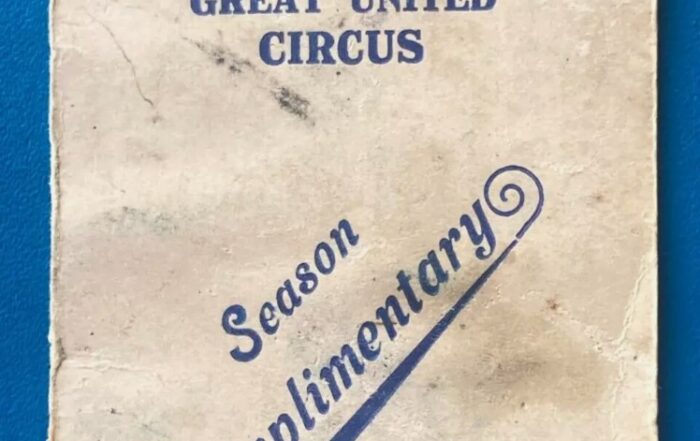
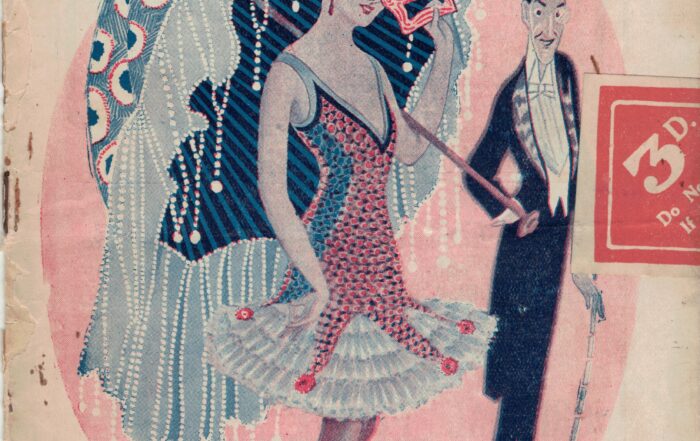
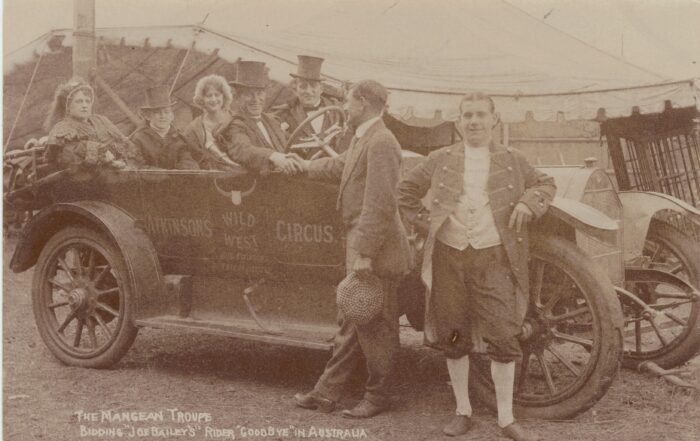
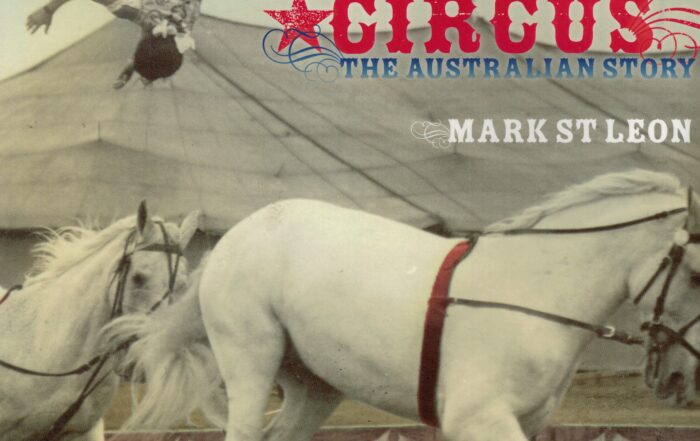
Leave A Comment
You must be logged in to post a comment.